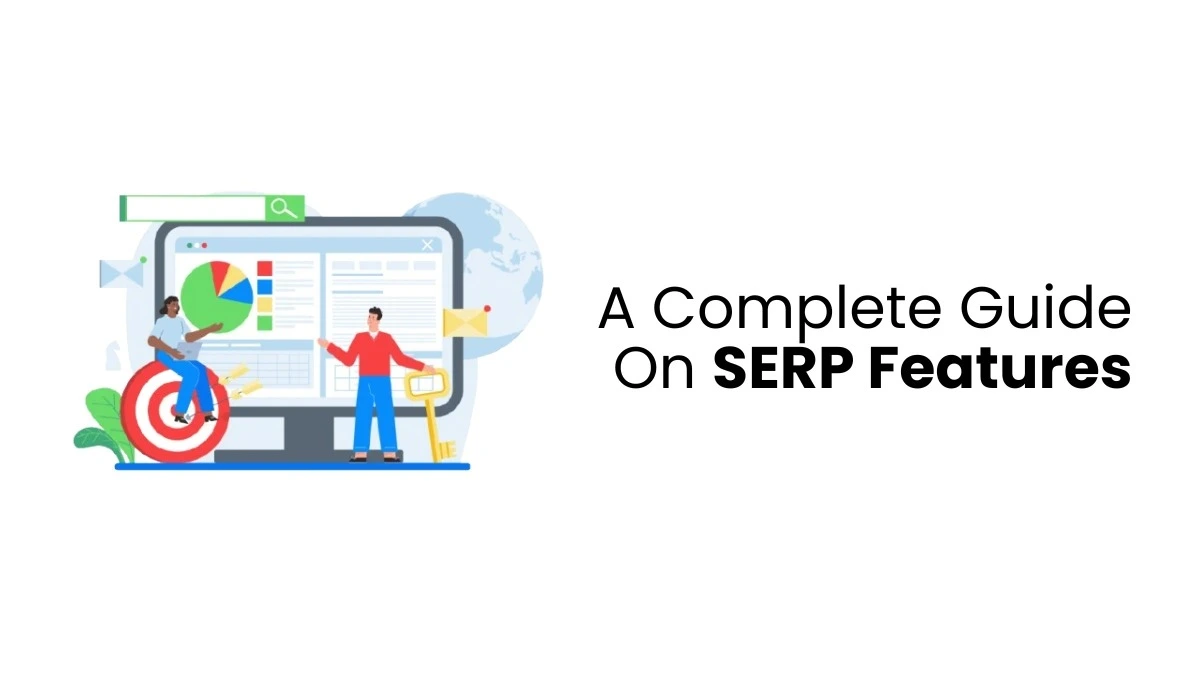A dividend is a part of a company’s profits paid to shareholders. When a company earns and keeps some of it, it can either put that money back into the business or give it to shareholders as dividends. The dividend yield is found by dividing the yearly dividend by the share price.
Definition for Dividends
A dividend is a payment made to a shareholder in proportion to the shares they own in a corporation. Sometimes, a company decides to share some of its profits with its shareholders, and these payments are called dividends. Dividends can be given out regularly, like every quarter, or the company might choose not to pay them. It’s up to the company.
Why is Accounting for Dividends Important?
They pay dividends posted on the balance sheet and reflected on the cash flow statement. It’s critical for the company’s management to ensure that the dividend records are well compiled. Some types of dividends are recorded differently depending on whether they come from current or retained earnings.
Suppose a company pays dividends using money from its current earnings. In that case, it shows up as an operating activity on the cash flow statement. However, if the dividends are paid from retained earnings, they are recorded on the balance sheet as both an asset and a liability.
Some Ways for Accounting for Dividends
Let’s read more to know about standards of accounting for dividends;
EBITDA Method
The EBITDA method is used to verify the cash flow of a company through consideration of the profits before interests, taxes, depreciations and amortizations. This shows how much money a company generates from its core business before subtracting costs such as interest and taxes that may vary from one industry to the other.
Dividend Discount Model (DDM)
This method values a stock based on its future dividends. It assumes that all future dividends will be paid, returning their value to today. It doesn’t consider any growth in earnings.
Dividend Yield
It is a way to evaluate stocks by focusing on dividend payments alone. It compares the dividend amount to the stock price and doesn’t consider changes in earnings or dividends over time.

What are the Tips for Accounting for Dividends?
Here are some tips for accounting for dividends:
- Decide if you’ll record dividends when declared or only when they are paid.
- Ensure you have a clear plan for paying dividends to avoid mistakes.
- Record all dividend payments accurately to keep your financial records clear.
- Review your records to ensure they are correct and up-to-date.
How to Account for Dividends?
Let’s read more about how to do account for dividends;
Decide on a Dividend Plan
Choose the dividend amount based on what the company can afford. Consider if it’s a regular payment or a special one.
- Check Profitability
Make sure the company is making enough profit and has enough cash on hand to pay the dividend responsibly.
- Anticipations
Shareholders might buy stock because they expect good dividends. A company might pay dividends to keep shareholders happy and the stock’s value high.
- Earlier Dividends
Investors often see rising dividends as a sign of a strong company. If dividends go down, it could be a bad sign. To show strength, a company might increase its dividends compared to previous ones.
- Prospective Dividends:
It’s important to consider future dividends, too. It’s better to make a slight increase now and improve later rather than pay a big dividend that might not be sustainable and could be cut later.
- Additional Uses
To avoid paying dividends, a company may invest money in the business, like advertising, hiring, or new equipment. This will help the company to develop and make more money in the future. Still, it should consider this against the benefits of paying dividends.
Get Board Approval
The company’s board must approve dividends before paying them. The board reviews the company’s finances and dividend plan before voting. If approved, they set a record date and a payment date. Shareholders must own the stock on the record date to receive the dividend. If they sell the shares between the record and payment dates, the original owner gets the dividend, not the new owner.
Register the Dividend as a Liability
Another step involves noting the dividend that is declared in its accounts. Compute the total cost by the dividend per share divided by the overall number of shares. This assists the company in monitoring its financial status and planning for shareholder remunerations.
Pay the Dividends
Send the dividend payments to all shareholders who own the stock on the payment date set by the board. After paying, update your records to show that the dividend liability has been cleared. Once you’ve done this, start preparing for the next round of dividends.
Update the Records
After clearing the dividend liability from your records:
- Make a permanent note of the payments.
- Record the dividend cost in both the cash reserves and retained earnings.
- Prepare for the next accounting period, including future dividends and other financial items.
Accounting for dividends can be tricky. It’s best to plan and avoid making decisions just before or after the dividend is paid. If you own stock in another company that pays dividends, you can reinvest those dividends. Otherwise, there’s little to do with dividends directly.
To learn more about dividend accounting, check out Finprov Learning. We offer a variety of accounting courses online and our courses are designed for graduates and professionals and provide a complete learning experience.
Our accounting courses after graduation will help you build real-world skills, so you can get the best jobs in the accounting sector. Contact us today to learn more about our accounting courses and improve your skills for a better future.










